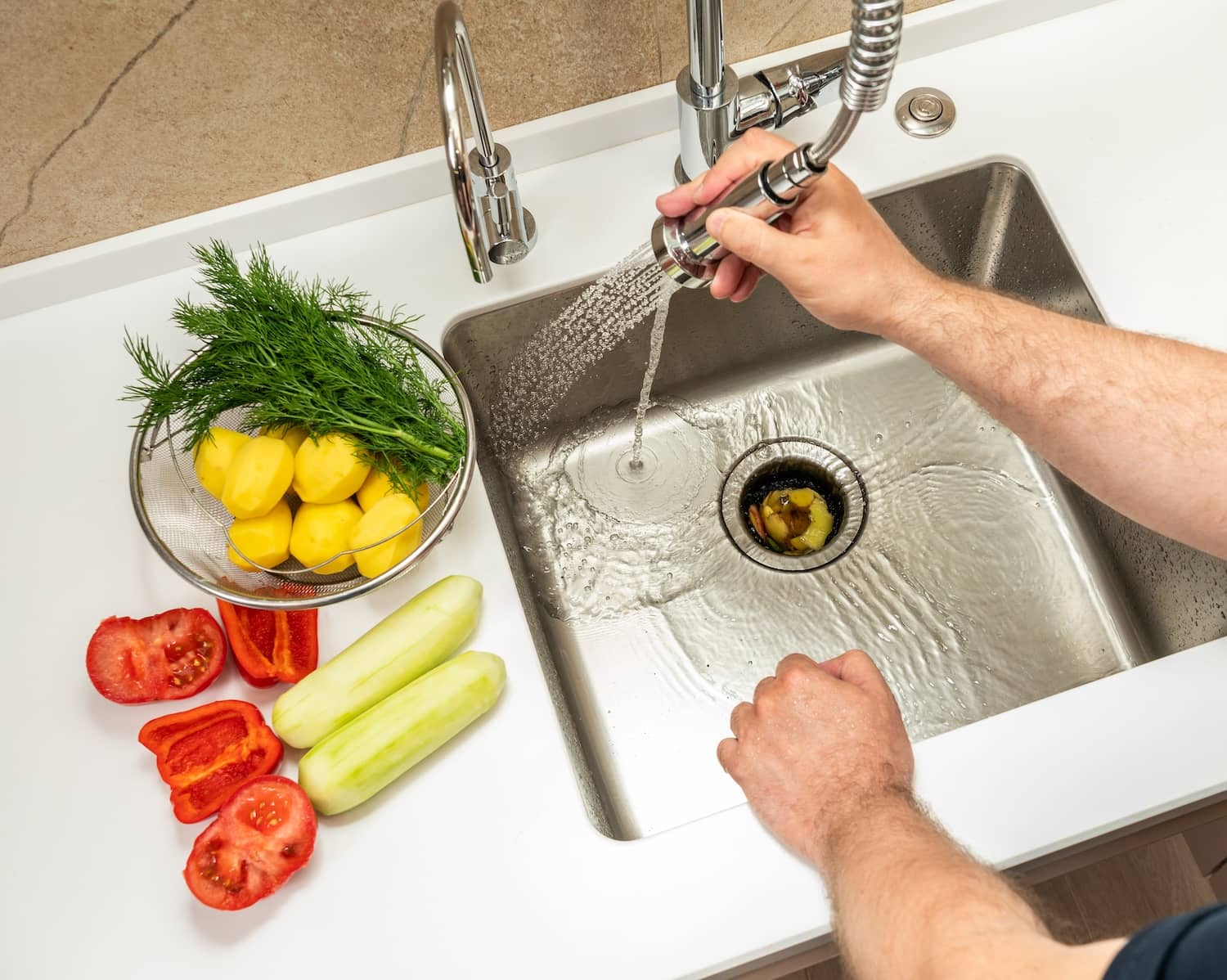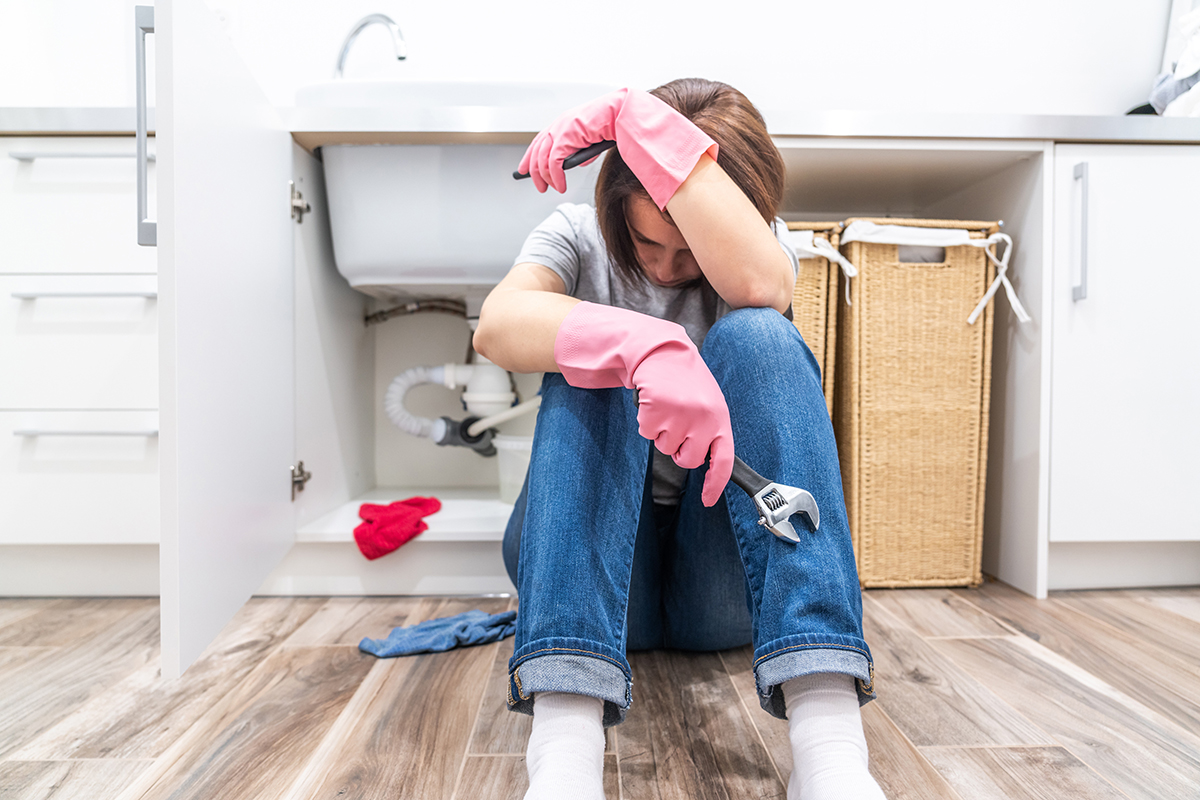Best Methods for Resolving a Leak in Your Garbage Disposal
Best Methods for Resolving a Leak in Your Garbage Disposal
Blog Article
The author is making several great observations on the subject of How to fix a pretty consistent leak from my garbage disposal in general in the article beneath.

Garbage disposals are vital kitchen home appliances that help in taking care of food waste effectively. However, a dripping waste disposal unit can be an irritating and unpleasant trouble to deal with. The good news is, several leaks can be repaired quickly with a couple of simple steps. In this write-up, we will certainly review exactly how to repair a dripping garbage disposal effectively.
Introduction
Waste disposal unit are mounted under cooking area sinks and are created to shred food waste into smaller pieces, permitting it to go through the plumbing system conveniently. While these tools are generally trusted, leaks can occur gradually due to deterioration, loose connections, or damage to the device.
Common Reasons For Leakages in Rubbish Disposals
Worn Seals and Gaskets
Seals and gaskets play a vital function in protecting against water from dripping out of the garbage disposal. Gradually, these elements can wear away, causing leakages around the disposal unit.
Loose Links
The links between the waste disposal unit and the pipes system can end up being loose gradually, creating water to leak out during operation.
Fractures or Openings in the Disposal Device
Physical damage to the waste disposal unit, such as cracks or holes in the housing, can likewise lead to leakages.
Recognizing the Resource of the Leakage
Before trying to take care of a dripping waste disposal unit, it is important to determine the resource of the leak. This can typically be done via visual inspection or by carrying out easy examinations.
Visual Evaluation
Evaluate the garbage disposal device thoroughly for any signs of water leakage. Pay attention to areas around seals, gaskets, and link factors.
Evaluating for Leaks
One means to examine for leaks is by running water via the disposal system and looking for any kind of noticeable signs of leak.
Tools and Products Needed for Dealing With a Leaking Garbage Disposal
Prior to beginning the repair service procedure, gather the necessary devices and materials, including a screwdriver, adjustable wrench, plumbing technician's putty, replacement seals or gaskets, and epoxy or patching product for repairing cracks or openings.
Step-by-Step Overview to Taking Care Of a Leaking Waste Disposal Unit
Switch off the Power
Before attempting any repairs, ensure that the power to the waste disposal unit device is switched off to avoid the risk of electrical shock.
Situate the Leakage
Recognize the precise area of the leak and identify the reason.
Tighten up Links
Make use of a wrench to tighten up any loose connections in between the disposal device and the pipes system.
Change Seals or Gaskets
If the leakage results from used seals or gaskets, eliminate the old elements and replace them with new ones.
Patching Splits or Openings
For fractures or holes in the disposal unit, usage epoxy or an ideal patching material to secure the broken location.
Examining the Waste Disposal Unit After Fixing
When the repair is complete, examine the waste disposal unit by running water with it to make certain that the leak has actually been settled.
Preventive Upkeep Tips to Avoid Future Leaks
To avoid future leaks, it is essential to perform routine upkeep on your waste disposal unit. This consists of keeping it tidy, avoiding putting non-food things or tough things down the disposal, and occasionally looking for leakages or various other concerns.
Conclusion
Finally, repairing a leaking waste disposal unit is a reasonably uncomplicated procedure that can be completed with basic tools and materials. By following the steps detailed in this post and exercising preventative maintenance, you can keep your garbage disposal in good working problem and stay clear of pricey fixings in the future.
HERE’S HOW TO FIX YOUR GARBAGE DISPOSAL
WHAT TO DO IF SOMETHING IS STUCK IN YOUR GARBAGE DISPOSAL
If the impeller won’t turn, there’s probably something stuck in the disposal. It could be a steak bone or peach pit, although plumbers report pulling all sorts of inappropriate objects out of disposals, such as bottle caps or aluminum foil. Make sure power to the disposal is off, and look inside to see if you can see the source of the jam.
Never stick your fingers in a disposal. Pull out anything you see with tongs or pliers.
If the disposal still won’t work, it may be time to call a plumber or consider buying a new disposal. GEM Plumbing & Heating is here for all of your garbage disposal needs.
WHAT TO DO IF YOUR GARBAGE DISPOSAL DRAIN IS CLOGGED
Take everything out from underneath your sink and put a bucket or other container under your disposal to catch any water that drains out. Disconnect your disposal from the power supply. If it’s plugged into a wall outlet, unplug it. If it’s hardwired into an electrical box, go to the electrical panel and turn off the breaker for the disposal. Pour ¼ cup of baking soda into the drain, followed by ½ cup of white vinegar. Give the solution a few minutes to fizz and do its work. Look into the disposal with a flashlight to see if you can see an object that might be causing the clog. If you see it, remove it using tongs or pliers. MORE TIPS ON DEALING WITH A CLOGGED GARBAGE DISPOSAL
Never use drain cleaner in a garbage disposal. It can damage the plastic parts inside the disposal. You can also be splashed with the caustic liquid while working to clear the clog. Beware! Never stick your fingers into a garbage disposal. Trust us — not a good idea. In many instances, your dishwasher drains through your garbage disposal. This allows the disposal to grind any large food particles that may be drained out of your dishwasher. There are some jurisdictions, however, where the plumbing code prohibits such a connection. WHAT TO DO WHEN YOUR DISHWASHER DRAINS THROUGH THE DISPOSAL
Run some water in the sink so your plunger has at least a ½-inch of water to create a seal and plunge vigorously up and down several times. You may need to repeat this several times. Run hot water down the drain to clear any residue that remains.

I came across that piece of writing about Why Is when browsing the search engines. Enjoyed reading our blog entry? Please share it. Help somebody else locate it. Bless you for your time. Please stop by our site back soon.
Details Here Report this page